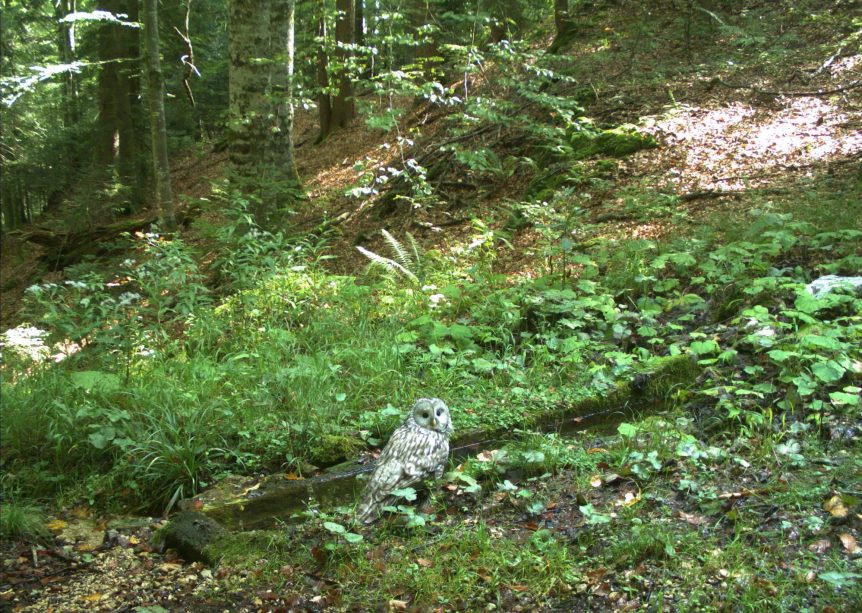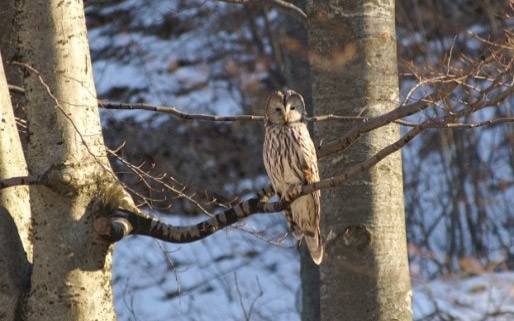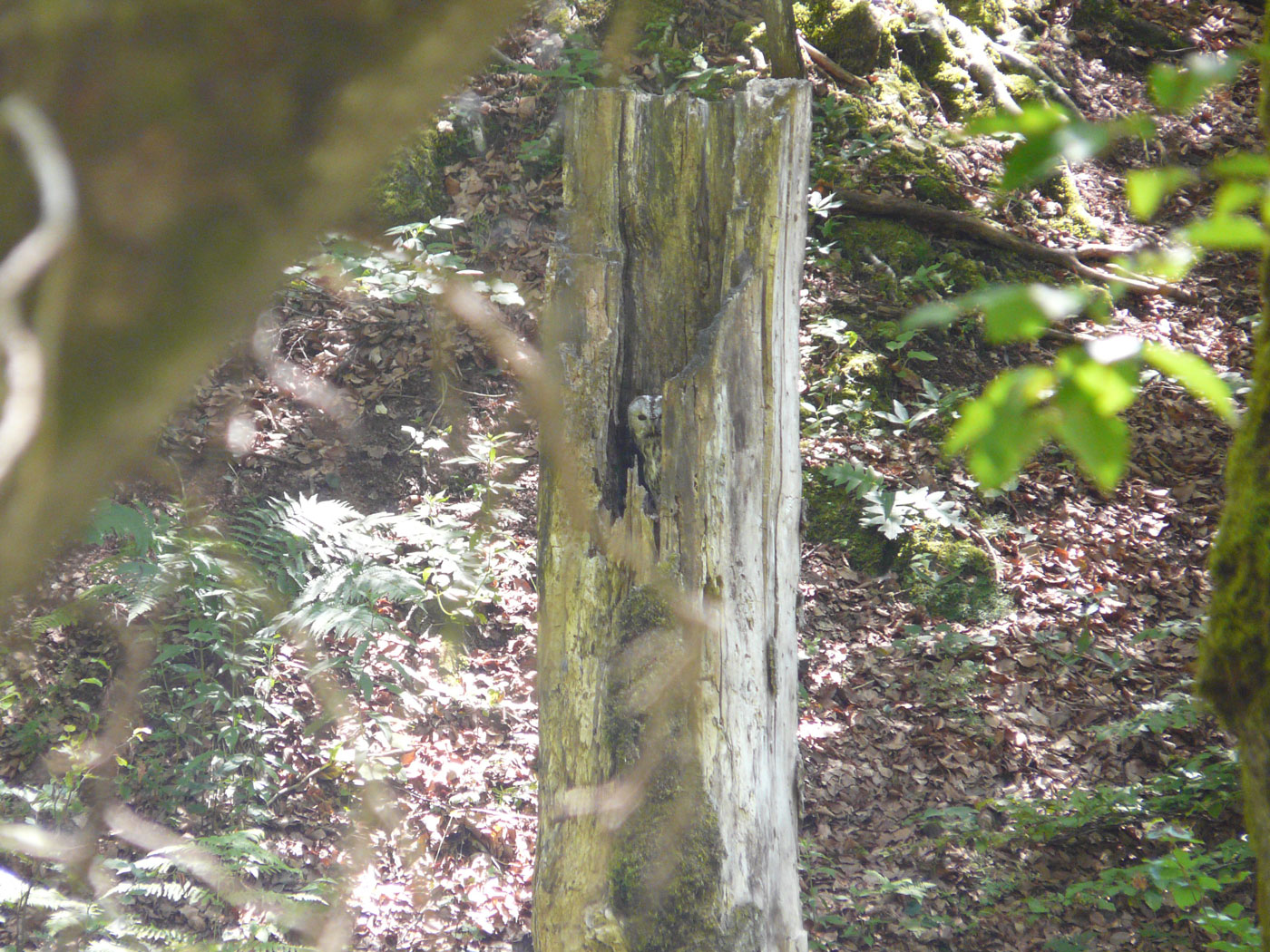Owls and scops owls are birds of prey active during the night and at dusk. They have exceptionally good eyesight and strong claws and beaks, which they use to catch prey, while their silent flight makes it easy for them to sneak up on their prey. They feed on small mammals, birds, reptiles and amphibians, and insects.
The forests and grasslands of the Park provide an ideal habitat for this group of birds because of the abundance of prey and the presence of tree hollows, which they often use for nesting.
Research and monitoring of the condition of these species in the Park has been conducted for many years. The aim is to assess the condition and size of owl and scops owl populations in the Park area and to identify potential threats.
Owls and scops owls are monitored using passive and active (sound decoy) listening along pre-determined transects covering various areas of the Park.
The Biom Association and Certhia, a sole proprietorship for professional and scientific research, are monitoring the status of these species in the Park area in cooperation with the Park’s Professional Service Department.
As many as five species of owls are Natura 2000 target species for the Park: the boreal owl (Aegolius funereus), the short-eared owl (Asio flammeus), the Eurasian eagle-owl (Bubo bubo), the Eurasian pygmy owl (Glaucidium passerinum), and the Ural owl (Strix uralensis).





